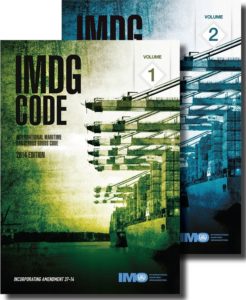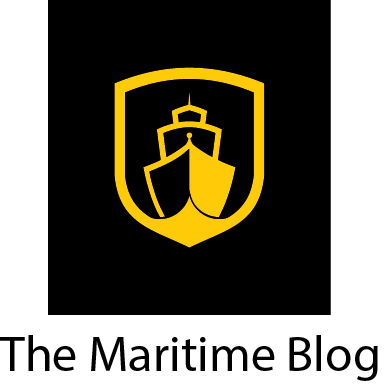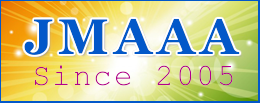search the site
The International Maritime Dangerous Goods (IMDG)
The International Maritime Dangerous Goods (IMDG) Code

First January 2017 marked the start of a transitional effect for Amendment 38-16 of the International Maritime Dangerous Goods (IMDG) Code, the regulations providing authoritative advice on classification, stowage, segregation, packing, labeling, terminology and emergency response actions. Regulations controlling the transport of dangerous goods follow a two-yearly revision cycle taking account the advent of new substances and materials, the exigencies of modern transport systems; and, the requirement to ensure the safety of people, property and the environment’.
Amendment 38-16 contains many important changes, including the insertion of a new category of Class 4.1 “Polymerizing substances and mixtures- stabilized”. These are acrylic polymers used in paint and coating additives and as such are common cargoes being transported. The concern is that without stabilization these substances are liable to undergo a strongly exothermic reaction. Also, for gases (Class 2), flammable liquids (Class 3), toxics (Class 6.1) and corrosives (Class 8) there are new requirements regarding restrictions on accepting chemically unstable substances (such as those subject to polymerization) unless precautions have been taken to prevent such polymerization or decomposition under normal transport conditions, further emphasizing the potential dangerous consequences if appropriate measures have not been taken.
Further information about the changes brought in with the latest amendment can be obtained from the International Maritime Organization (www.imo.org). Amendment 38-16 may now be implemented on a voluntary basis and will become mandatory on 1 January 2018.


















